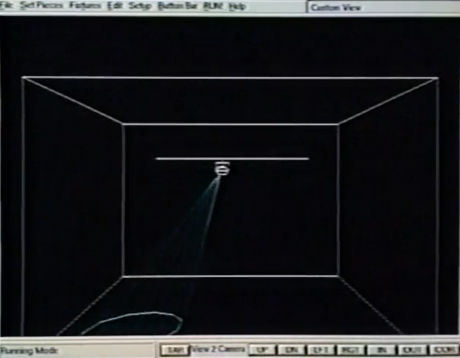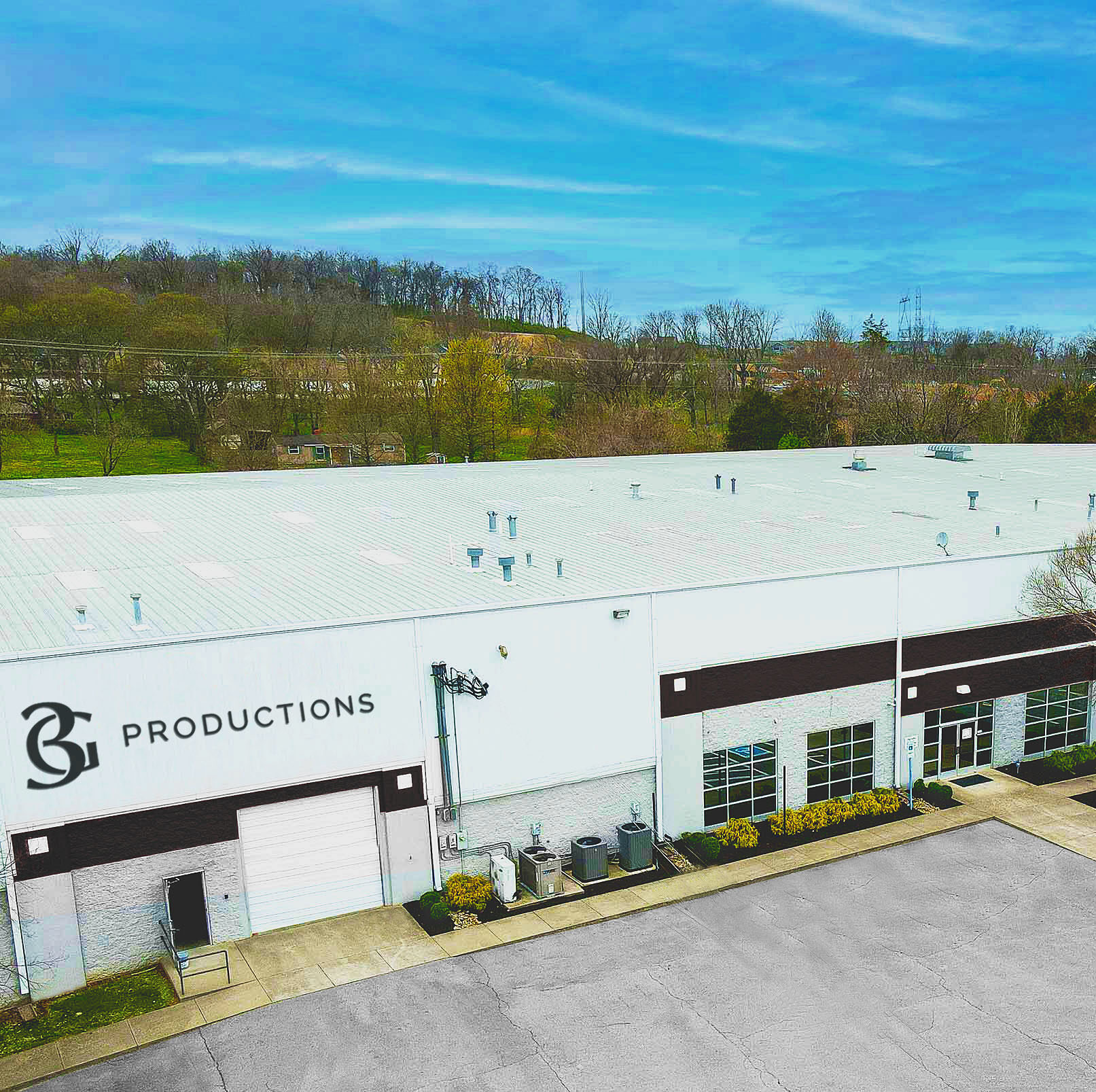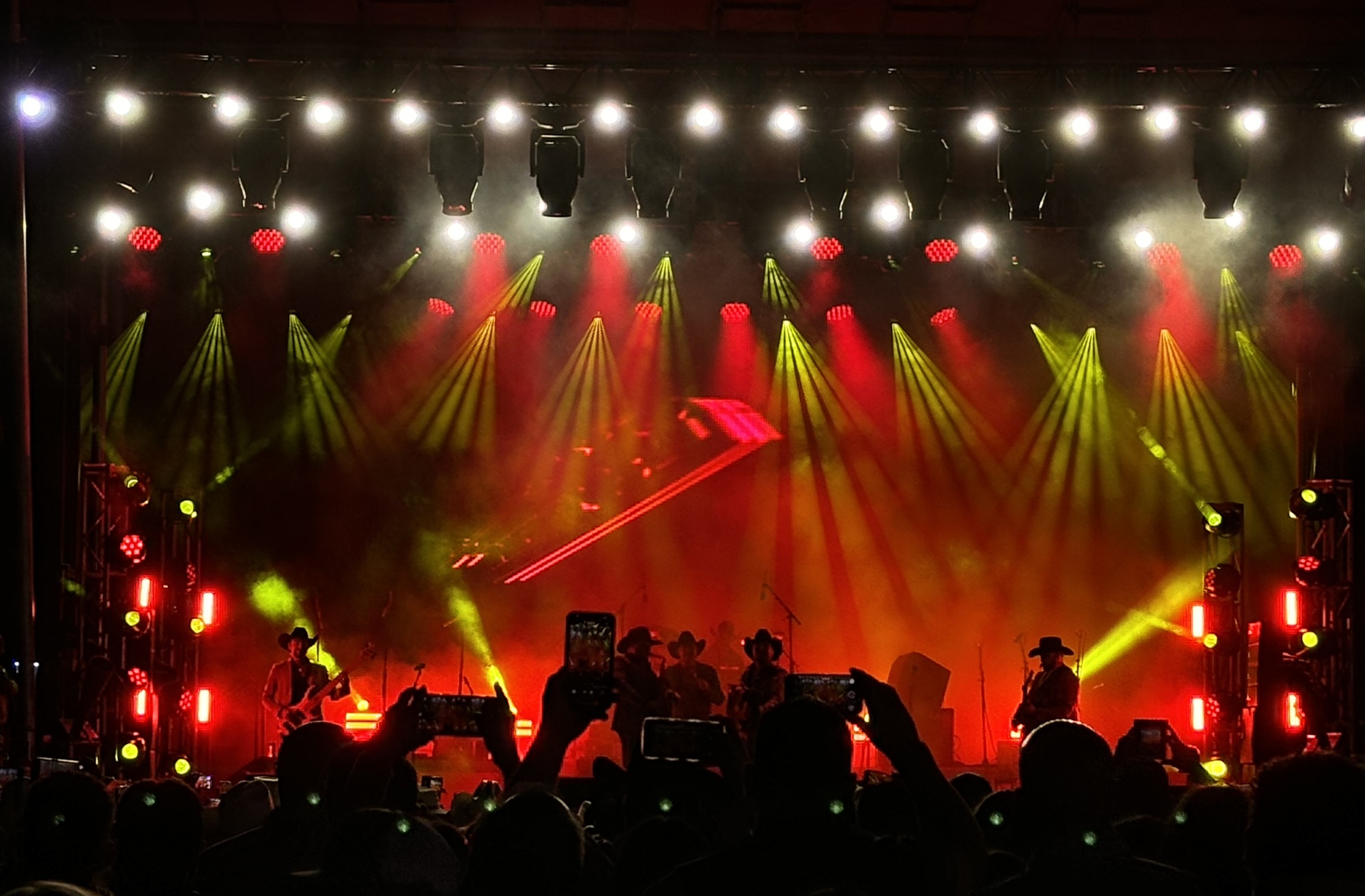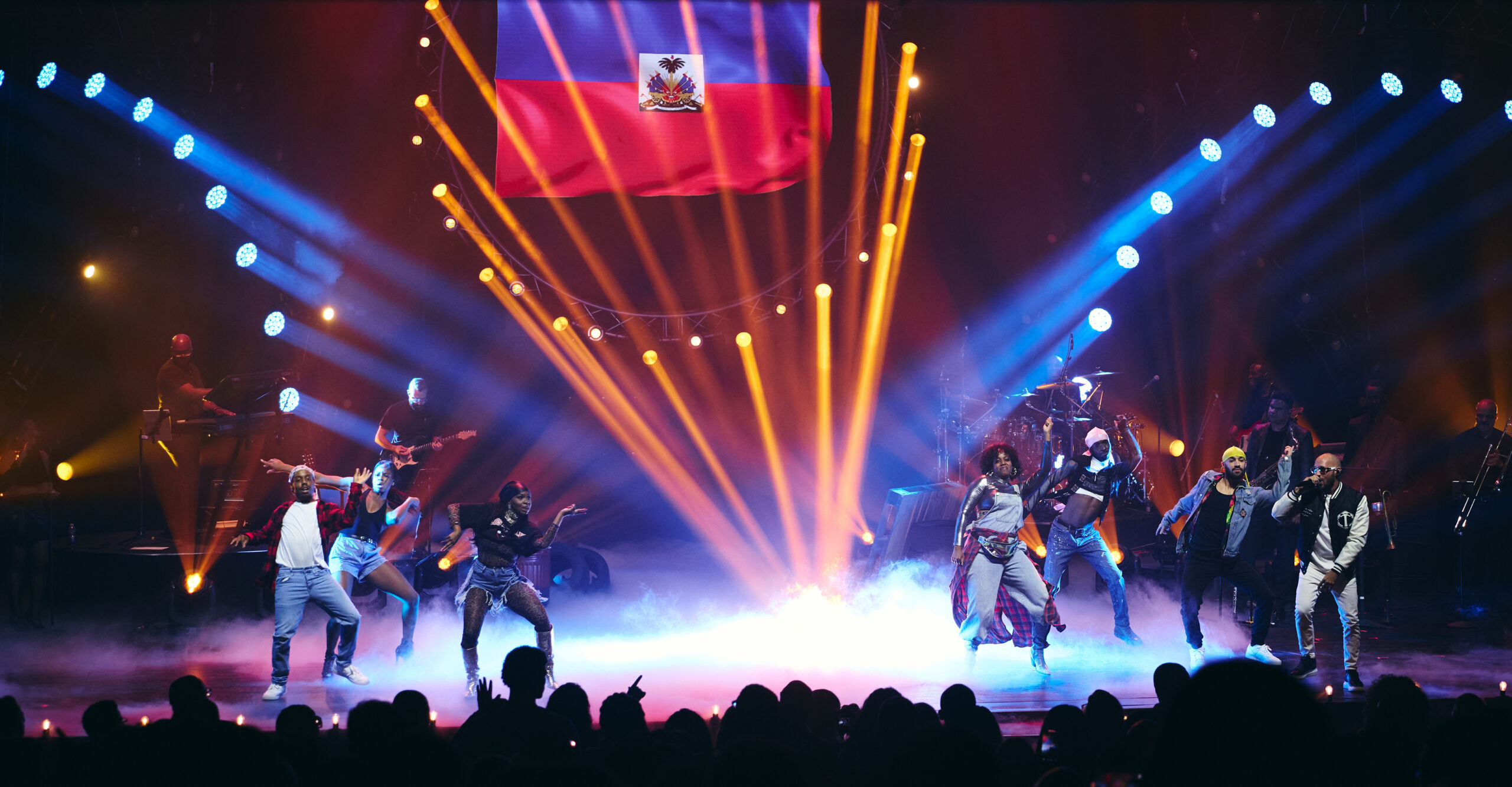
It’s sometime in the winter of 1995 when I get a call from a friend in San Francisco. Nils Thorjussen had rung me up to talk about his latest project. Nils was one of the three original guys that started up the Whole Hog empire, so when he calls, I listen. My friend boasted that he had a computer program that could simulate moving lights on a monitor. He claimed, “Nook, one day you won’t need to hang your lighting rig in order to program the light cues.”
Being a lighting programmer for big rock shows, I was intrigued by the idea. Normally I would have to sit in an empty room with a bunch of lights hanging in the air while I programmed stage looks. I had never envisioned this concept and wondered why nobody else had. Nils assured me he was working with Robert Bell and some folks in Canada called CAST and he could demo the system for me. That is if I didn’t mind him crashing on the couch of my Lake Tahoe house for a weekend while he skied. He was always welcomed.
So the next weekend Nils shows up with his skis and a PC tower with a special card installed. I called up an LD friend of mine named Dave Chance who brought his brand new Hog 2 over to the house along with Mike Ledesma to check this program out. Nils hooks it all up and starts explaining a few things. “Now we’re just getting started on this software, so you gotta think of this as sort of a prototype. A stab at this idea; to see if it will actually work, if we can build this into a feasible program one day that every LD would want. I really think we can.”
At this time the three of us in that room were already drawing in Minicad (Vectorworks in its early incarnation) and were well versed with drawing trusses and moving lights around, so how hard could it be to set this elementary program up?
“A big part of this program at the moment is using your imagination. Yes it’s a lighting CAD program, but we don’t have any truss…. just yet.” explains Nils as he works, explaining that every light in the rig has to hang from a pipe in this program. It could be a 40’ pipe or a 1’ pipe. But we need to imagine that the pipe is a truss. Even a floor light had to be attached to a pipe to be able to appear in the plot. Then all the pipes and lights had to be placed in a big black box, for reasons I will never know.
Lighting fixtures as we pictured them in other CAD programs, did not exist in this one yet either. Instead we have different sized rectangular boxes that we see Nils attaching to pipes in space, imitating actually lighting fixtures. There are smaller boxes that represent conventional fixtures like pars and ellipsoidals. There were about 20 moving light fixture choices available such as a Studio Color and a Golden Scan if I recall. These boxes were scaled to size and you could rotate them to hang in any direction.
Now back in the early 90’s most of us were not very computer literate. We could send an email, search for a restaurant and draw a basic 3D plot, but that was about it. Not Nils, … he was into this technical stuff long before others and had a card of some sort with XLR cable adapters connected to it that could take in DMX commands out of the lighting console sitting on the dining room table and feed signal into the Tower computer next to it. This was all before any technicians were using Art-Net. All we had to do now was match the patch for these imaginary fixtures into the console and lighting plot.
My buddy changes the view to a front angle and the two pipes of lights are raised up to trim representing a front and rear truss. We sit back as Nils brings up the dimming channels on a truss full of pars that pin spot a block sitting center stage. I must say that we are all underwhelmed as all that comes out of each fixture is a single white line. “Kind of like the truss, you have to imagine this thin line is a light beam. But look, I can change its gel color and focus it within the program.” He does so and we start to see some hope for this elementary idea of his. But we’re gonna need some marijuana if we are going to imagine this correctly.
There are no structures in the CAD program such as stick figures or band gear. If you wanted to place a four piece band on a stage, you drew a 44’ x 30’ x 5’h cube for a stage and put smaller cubes in dedicated positions to act as markers. A backdrop was formed by a thin rectangular cube.
Onward, Nils patches in some movers and we start messing with the console. We are more impressed as the beam coming out of the fixture now is octagonally shaped, looking like a pencil drawn beam, but none the less a vast improvement over the single line emitted from the par. We can write movement effects and color chases and they work well on the screen. The skinny lit lines are doing what I think is correct. “Is what I’m seeing on the screen what I’m actually gonna see on a stage or is the timing gonna be all different?” I inquire. Nils beams brightly, “I never told you what we are calling this system. WYSIWYG. What You See Is What You Get. But we’re gonna refer to this whole idea of programming as Pre-Visualization. And yes what you are seeing on the monitor perfectly matches the actual lights in real time.”
Nils tells me that the two guys who came up for this idea had been tinkering with the program for a while and offered quite a few other companies a chance to partner in the technology back around 1993. Flying Pig was the only company that saw the promise in this app and backed them. Tom Thorne of FPS supposedly came up with the original name. Another FPS original founder Beaky put his name on the WYSIWYG card in the computer.
So now we decide to test out some other functions as we throw a gobo in the moving light to see what happens. Well, what pops up now is a big letter “G” in the middle of my Octagon of a beam. So now we know there is a pattern in the beam, we just can’t choose what pattern as they all look alike. I’m not sure, but if I recall, the letter F also showed up if you tried to focus the gobo. S, if you put the beam in strobe mode. In the end we are all thoroughly impressed.
A couple of weeks go by and I’m back out running a console on an Eagles tour. Nick Sholem is the lighting designer for the band and I tell him all about this program; he’s stoked. Nick was never afraid of new technology and actually had taken the first Whole Hog 1 out on a Sting tour. He lets me know that he’s gonna figure out a way for us to employ WYSIWYG in the near future. “I’ve got an idea.”
A couple of weeks later Sholem asks me how I feel about the Hog 2 that had been out beta testing for a month now. I told him I was feeling it out and could make it work, but I needed some time on one.
“How much time?”
“Just a couple days and I think I’d be up to snuff.”
“Good, you’re going to meet me in NYC in a week’s time. Upstaging is building us a WYSIWYG system. They just bought a Hog 2 for us. I want you to go to their shop, make sure it all works, then meet me at SIR Studios in Manhattan.”
Upstaging is just top notch. They’ve never shied away from the latest technology and amazes me by building a complete WYSIWYG rack on wheels that has everything built into it, fully wired and running when I arrive at their Chicago facility. It takes a day to draw everything in and get it working, but between a couple of us pecking and poking we figure it out. I build a bunch of palettes with actual lights attached to the hog so I can mix colors correctly and get the right gobos and palettes assigned to the desk ahead of time. Then I’m off to NYC. Sting is doing a corporate show with ten songs that needed to be programmed.
So while the band is rehearsing in SIR, I’m trying to plug my way thru my first Hog 2 programming session while looking at non-rendered colored lines moving around on a 15” screen. Nick is equally wondering what he has gotten himself into, but has way more faith than I and continuously assures me we will be fine. Two days later we do the gig and I’m the most amazed person in the venue. It looks just like I pictured it in my head. With a few surprises of course, but nothing that couldn’t be manually adjusted during the show. Bottom line: the concept was amaze balls and I was addicted at an early age.
That was some 25 years ago. Since then there’s been huge developments in the world of what Nils coined as PreViz. Of course the blocks quickly turned into actual fixture symbols, truss was invented, single lines turned into actual beams and the letters turned into realistic gobo patterns. WYSIWYG is still going strong and is up to revision 45 now.
Marty Wickman opened up the first rental WYG studio (that I knew of) in LA in the late 90’s. They had an overhead projector and a big screen fifteen feet from your face, complete with CD, DAT machines and large speakers. I remember Jimmyroo and myself renting the place with a console for $700 a day to program a Rage Against the Machine tour. Tom Thompson, Rodd McLaughlin and others followed suit in places like NYC and San Francisco. Portable systems were designed to go out on site. Competitors sprang up and the PreViz systems got realistic rendering powers, proper gobos, imported scenic elements and so much more.
The lighting world changed when Martin put out a console with a built in Visualizer. I designed a tour for 30 Seconds to Mars and programmed it on a Maxxyz console with their Show Designer PreViz built into it. My poor lighting director Rob Smith would roll that console into the band’s dressing room on afternoons so the lead singer could have him reprogram new ideas that he seemed to come up with on a daily basis. Within a few years all other consoles followed suit, either with their own system or by licensing one from another manufacturer.
There are now PreViz programs that allow for all kinds of pyro and water effects. They’ve got moving LED walls displaying video. Some now allow users to move the performers around the stage in sequenced moves. I just spoke with Tom Thompson this morning. He’s involved with a new program called “Carbon for Unreal” that is using the Unreal Engine technology. Gaming technology will soon be king in PreViz and this system is all real time and can be incorporated into XR shoots, which of course takes PreViz to the next level.
Nowadays almost every lighting vendor has a PreViz room in their shop. To think, 25 years ago the program was just a bunch of moving lines. It’s like comparing the old Pong game to an Xbox One these days. One can only dream about where lighting will be in the year 2045.
-By Nook Schoenfeld, Lighting Designer and editor at PLSN



